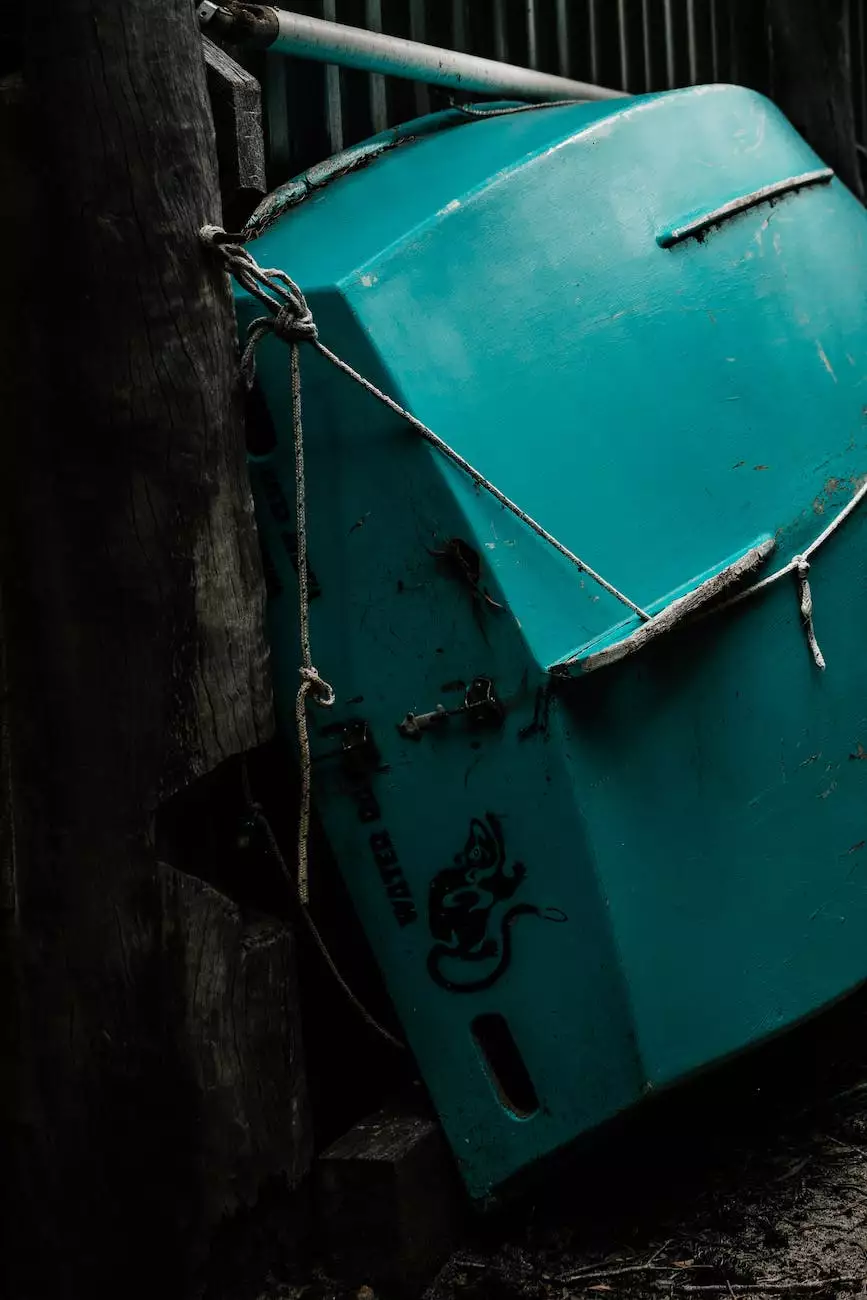4 Tips That Will Help You Fix Ceiling Cracks at Home
Roof Maintenance
Introduction
Welcome to Glass Works Of Texas, your go-to experts in home and garden repairs. In this comprehensive guide, we've gathered four proven tips that will effectively help you fix ceiling cracks at home. Whether you're a DIY enthusiast or looking to save money on expensive repairs, these tips will provide you with the knowledge and confidence needed to tackle this common issue.
Tip 1: Assess the Severity of the Cracks
Before initiating any repair work, it's crucial to assess the severity of the ceiling cracks. Understanding the extent of the damage will help you determine the appropriate course of action. Small hairline cracks caused by minor settling can often be easily fixed with simple techniques, while larger and more serious cracks may require professional intervention.
Identifying Hairline Cracks
Hairline cracks on the ceiling are often the result of normal house settling or temperature fluctuations. These cracks are thin, typically less than 1/16th of an inch, and do not pose significant structural concerns. To fix them, start by cleaning the cracked area and applying a thin layer of joint compound using a putty knife. After the compound dries, lightly sand the surface and apply paint to match the ceiling color. This should effectively fill the cracks and restore the ceiling's appearance.
Dealing with Larger Cracks
If the cracks on your ceiling are wider and deeper, professional assistance may be required. These cracks could indicate more serious structural issues, such as foundation problems or water damage. In such cases, it's advisable to consult with a specialist who can accurately diagnose the underlying cause and recommend the appropriate repairs.
Tip 2: Repair Materials and Techniques
Once you have determined the severity of the cracks and the appropriate course of action, it's important to gather the necessary repair materials and become familiar with the techniques involved.
Materials Required
- Joint compound
- Putty knife or trowel
- Drywall screws
- Metal patch
- Sandpaper
- Paint and paintbrush
- Protective goggles and gloves
Repair Techniques
In the case of hairline cracks, as mentioned earlier, applying joint compound followed by sanding and painting should suffice. For larger cracks, the process may involve the use of a metal patch to reinforce the affected area. After securing the metal patch, apply joint compound, and smoothen it out using a putty knife or trowel. Allow the compound to dry completely before sanding and applying the final coat of paint. Remember to follow safety precautions, such as wearing protective goggles and gloves, when working with repair materials.
Tip 3: Prevention for Future Cracks
While fixing existing ceiling cracks is essential, taking preventive measures can help minimize the occurrence of new cracks in the future.
Maintain Consistent Humidity Levels
Fluctuations in humidity levels can cause the materials in your ceiling to expand and contract, leading to cracks. Use a humidifier or dehumidifier to maintain consistent humidity levels within your home, especially during extreme weather conditions.
Address Plumbing and Water Leak Issues
Water leaks are a common cause of ceiling cracks. Regularly inspect your plumbing systems for any leaks and address them promptly. Additionally, ensure proper roof and gutter maintenance to prevent water seepage.
Be Mindful of Structural Settling
Structural settling can cause cracks in walls and ceilings over time. Take note of any unusual signs, such as doors or windows sticking or uneven floors, and consult a professional if necessary. Timely intervention can help prevent further damage.
Tip 4: When to Seek Professional Help
While DIY repairs can be cost-effective, some ceiling crack issues require professional expertise. It's crucial to know when to seek professional help to ensure the safety and structural integrity of your home.
Structural Integrity Concerns
If you suspect that the crack is a result of serious structural issues, such as foundation problems or roof damage, it's essential to consult a licensed professional. They have the knowledge and experience to thoroughly assess the situation and provide appropriate solutions.
DIY Techniques Not Yielding Results
If your DIY repair attempts haven't yielded satisfactory results, it's wise to call in professionals. They can identify any underlying issues that may have been missed and execute effective repairs using their specialized tools and techniques.
Conclusion
Fixing ceiling cracks at home can be a manageable task if approached with the right knowledge and techniques. Remember to assess the severity of the cracks, gather the necessary materials, and follow the appropriate repair techniques. Take preventive measures to minimize future crack occurrences and seek professional help when required. With these four tips provided by Glass Works Of Texas, you'll be well-equipped to handle ceiling crack repairs and maintain the structural integrity and aesthetics of your home.










